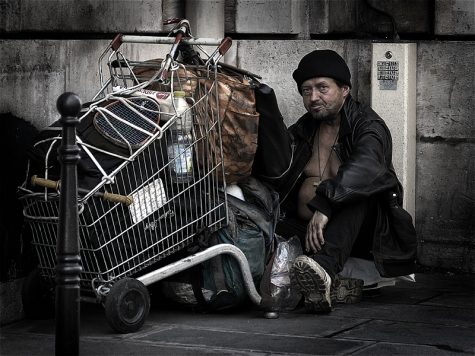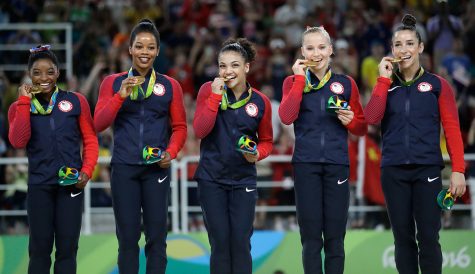Color of Friendship
Eyes glared at the back of her head as she walked through the cafeteria towards her friends. As she passed her old friends, she let a slim smile form on her lips and waved. But their piercing black eyes quickly averted from her in unison as they let their black hair fall and cover their face. Her smile now drooped into a frown, but she kept quiet as she walked on and placed her tray on the table with her friends. She couldn’t help but notice how her long black hair contrasted her new friends’. She wanted the same blonde hair flowing down her shoulders, hoping to blend in and to avoid the scrutiny of others. As she glanced back at her old friends, she could see their fleeting eyes as they whispered amongst each other. She quickly caught the word that formed on their lips – “white-washed”.
Teens are more likely to choose friends of the same racial groups in moderately diverse schools. There are number of reasons for this, but the main one is the pressure to fit in. Every person’s natural response to a new environment, such as a school, is to seek out and find comfort in the similarities they may share with others. Since race is something easily identifiable, social circles tend to consist of people of the same or similar race. The problem here is that individuals that do not hang out with their expected racial groups often get teased or judged for being different.
SHC is known for their diverse community; you can expect to find people from all different kinds of ethnic backgrounds in the hallways. In a highly diverse community, the likelihood of choosing friends from one’s own racial group decreases, and students are more likely to form friendships with people in other groups. According to the research and interviews of classmates at SHC, about 80% of students define their friend group to be made of two or more racial backgrounds. When asked why he prefers his friend group to be diverse and not just mostly one race, Milan Toliver ‘16 responded by saying, “Because in the world you need to know how to work with different kinds of people. There are going to be times where you can’t control what types of people you’re going to be around.”
Although SHC is a very welcoming and accepting community, you can also find examples of racial segregation. For example, some Asians mostly spend their time with other Asians. In a way, this sets unsaid expectations that everyone is influenced to follow, and if a person does not, he or she can be labeled as “white-washed,” etc. Alexis Balomaga ’16, who defined her friend group to be made up of mostly Asians, stated, “I grew up surrounded basically by white people who constantly judged and teased me for the way I looked, so part of the reason I decided to go to school in SF was to be in a more diverse area. Although I still talk to other people of different cultures, I wanted to be with people similar to me.” About 40% of Class of 2016 also admit that they spend most of their time with the people of the same ethnicity and interest.
In spite of these findings, SHC’s extremely diverse community differs it from other schools. Even though people are more comfortable with others who look like them and come from similar backgrounds, you can expect to find individuals from all kinds of ethnic backgrounds coming together at our school. Reflecting the diversity of the Bay Area, students at SHC represent different religious, economic, and ethnic backgrounds, including Caucasian, Asian, Filipino, Latino, African American, and Native American. However, hopefully people outside our school walls in a more evolved society, will not see race as the automatic identifier and the first distinguishable characteristic when they meet new people. Until then, people, especially teenagers, need to become more aware of these automatic responses and pay closer attention to segregation. We live in a time when we should be looking past racial and cultural differences, and SHC is a good place to start.





